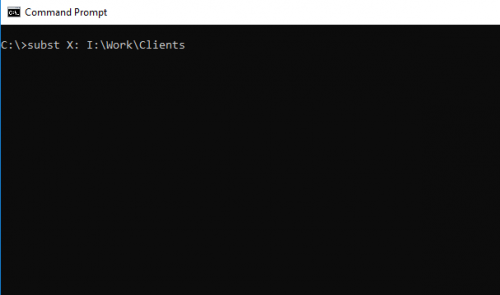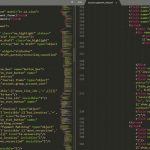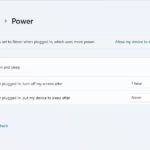Do you want to make a drive letter mapping in your local system under Windows? Mapping is only reserved for network paths. However, it can be valuable for development to map a local course to a drive letter.
Mapping network courses to drive letters is a common task in commercial life. You have got the report serves to access, bookkeeping has their NAS, there are a backup server and many others. These useful shortcuts keep a user from navigating down a long tree of files to reach popularly utilized resources; anywhere they’re on your network. You can acquire similar functionality for local resource too.
Mapping a path to drive letter can be done by using either the net use or subst commands from the command line of Windows. The main disparity between these two is that subst anticipate the location to be available always. If for some reasons the location is hard to found, it will try urgently to reconnect at the cost of your PCs performance.
On the other hand, net use is fault tolerant. Once mapped path looks detached, it will kindly disable that mapping until you access it once more, at that point it will try to connect all over again.
Mapping a drive with subst
To make a new mapping you need to follow this command:
subst X: I:\Work\Clients

To get rid of a mapping you need type this command:
subst X: /D
Why is this practical you may ask? It is useful when if you want to imitate client settings that you do not have access to the time of development. If you know a resource is going to be on the W: drive, you can make a W: drive and then map it to local files. It is also helpful for file system locations that aren’t accessible like the hidden AppData directory.





